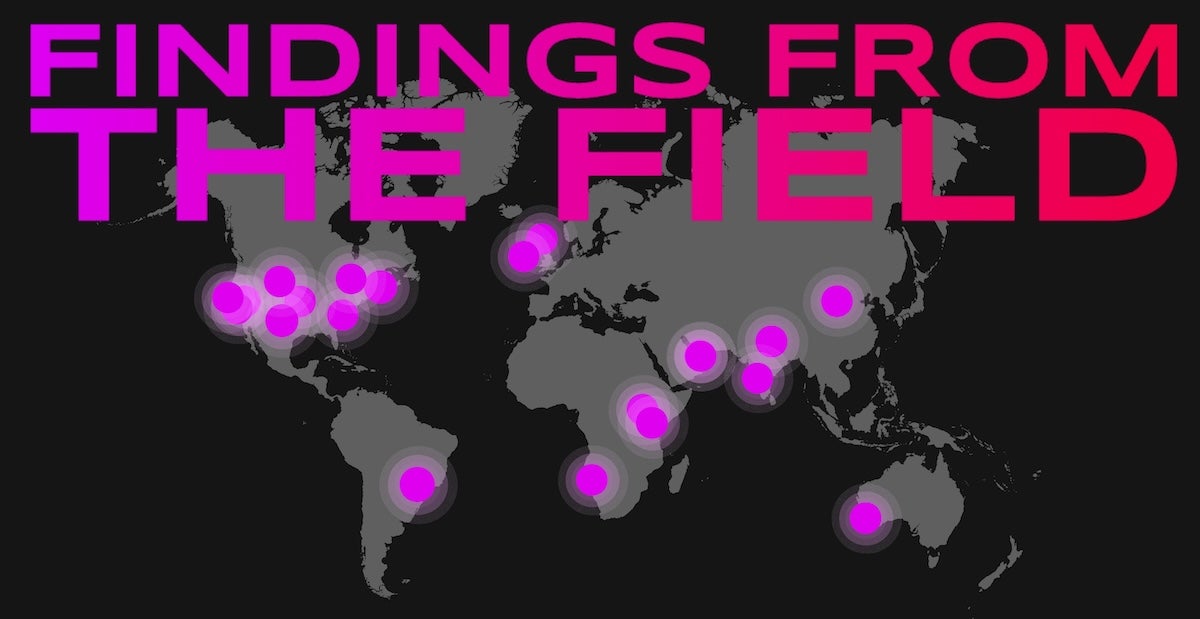
Testing and validating breakthrough innovations is the cornerstone of XPRIZE competitions. Over the past eight months, the XPRIZE Carbon Removal team has overseen one of the most expansive evaluations of carbon dioxide removal (CDR) demonstrations ever conducted. This has included extensive scrutiny of each team’s performance, sustainability, and cost. In the process, the XPRIZE team had the opportunity to visit our top 20 competing teams across six continents to gain a firsthand look at these solutions, the passionate innovators behind them, and the immense potential of their work to reshape the future of climate change. This process ensures that the bold ideas our competitors create are tested, measured, and verified.
CARBON DIOXIDE REMOVAL: HIGH STAKES, RIGOROUS TESTING
At the heart of every XPRIZE is a challenge in need of innovative solutions. But XPRIZEs are not competitions of ideas: successful teams must demonstrate their solutions in the real world to prove that they can rise to the challenge. Evaluating the effectiveness of these solutions is a critical part of every XPRIZE. XPRIZE’s testing protocols are designed to evaluate measurable outcomes, scalability, and environmental impact, ensuring that the winning technologies deliver real results.
The XPRIZE Carbon Removal competition challenged twenty finalist teams to deploy solutions capable of removing and durably sequestering CO2 at a rate of at least 1000 metric tonnes per year. Working to achieve this specific outcome can be approached by a number of different types of technologies, each with their own pros, cons, and testing challenges.
When XPRIZE Carbon Removal launched in 2021, the CDR industry was in its infancy, lacking established frameworks for testing, measuring, or verifying CO₂ removal. This absence of standards made it difficult to trust claims or ensure the integrity of carbon credits. XPRIZE stepped in to bridge this gap by not only initiating the competition but also by setting the standards by which the XPRIZE competitors would be evaluated.
As the industry grows, having established standards for high quality CDR becomes more crucial. They enable CDR companies to reliably and verifiably demonstrate how much CO₂ they are capturing, creating trustworthy carbon credits for a rapidly expanding market. With the IPCC estimating that 6–15 billion metric tonnes of CO₂ must be removed annually by 2050, and the CDR market projected to grow to over a trillion dollars, the stakes couldn’t be higher.
XPRIZE leverages collaborative, transparent, and data-driven methodologies in our testing frameworks to inspire trust and maintain credibility in our process.
Our testing process includes:
- Performance Verification: This process seeks to formally define the performance claims made by each team, and scrutinize performance data from each demonstration over an extended period of time to ensure that the solution works as intended, and that the data collected by each team is of high quality.
- Cost Analysis: Techno-Economic Analysis (TEA) is used to assess the cost of each team’s solution, at a projected scale of 1 million tonnes of CO2 per year.
- Sustainability Analysis: The CO2 footprint, durability of storage, likelihood of re-emission, and anticipated environmental impacts of each team’s project helps evaluate the potential for each team to scale their solution to gigatonne levels.
Through this comprehensive approach, XPRIZE is not only accelerating innovation but also building the foundation for a reliable, impactful carbon dioxide removal industry.
A GLOBAL JOURNEY TO DISCOVER CARBON DIOXIDE REMOVAL INNOVATIONS
Over eight months, the XPRIZE Carbon Removal team embarked on a global journey to visit the 20 competition finalists. From Namibia to Scotland, Brazil to Nova Scotia, the team witnessed firsthand how these innovators are working toward removing 1,000 tonnes of CO₂ annually. Beyond verifying each team’s carbon dioxide removal claims, these visits provided a chance to hear the inspiring stories that brought these teams into the competition and the carbon dioxide removal industry.
All 20 of our finalist teams’ work reflects their unique local ecologies, communities, and challenges. The visits showcased groundbreaking innovations across four key pathways: Air, Rocks, Land, and Oceans. Here are some highlights:
- Air: In Kenya, Octavia Carbon and Cella are building the global south’s first Direct Air Capture (DAC) and carbon mineralization plant. Using geothermal energy and the geological advantages of the Great Rift Valley, their facility is designed to capture and store 1,000 tonnes of CO₂ per year.
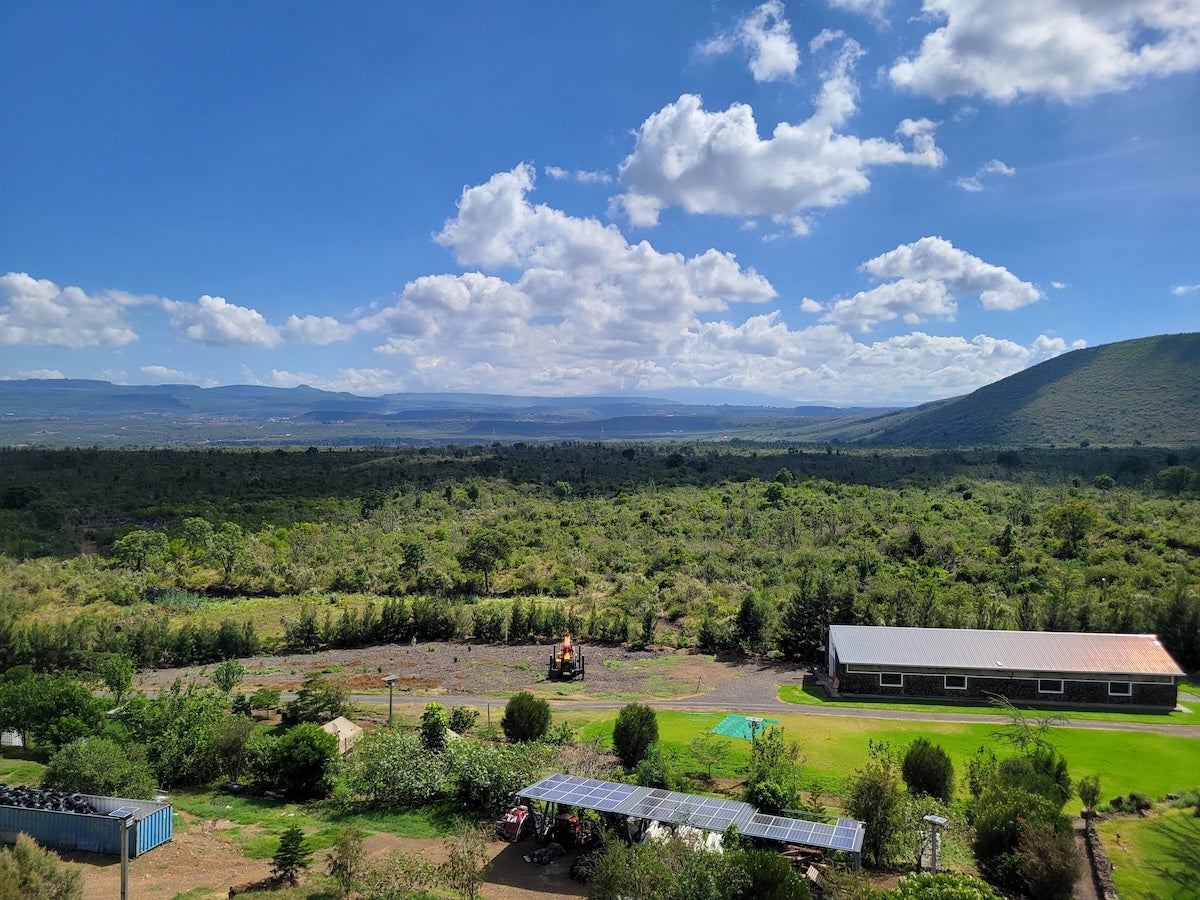
Octavia Carbon's testing site in Kenya, as seen from afar.
- Land: Ireland’s Silicate repurposes surplus concrete for enhanced weathering, sequestering CO₂ while improving soil health. India’s Takachar provides farmers with portable reactors to turn crop residues into biochar, a soil additive that locks in carbon and enhances agricultural productivity.
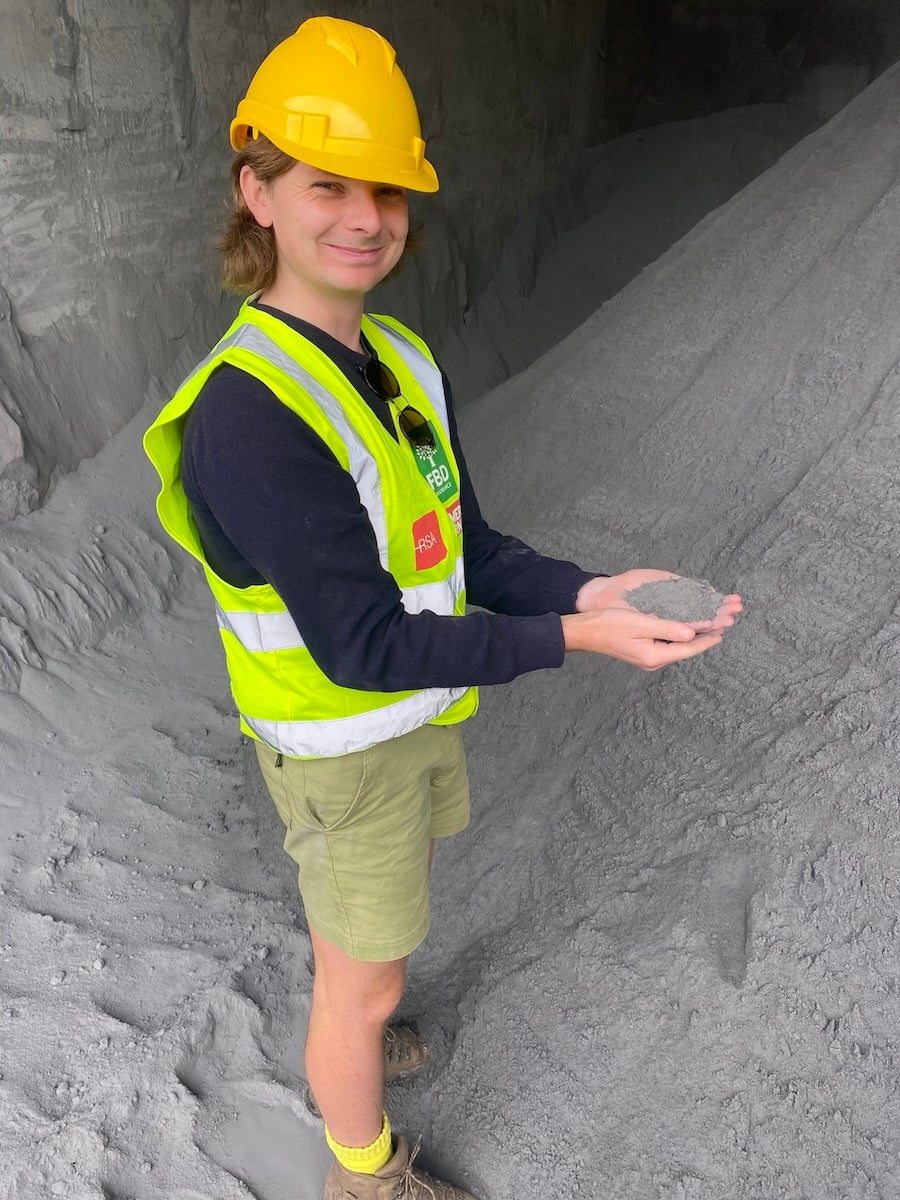
Silicate CEO Maurice Bryson stands with ground-up surplus concrete.
- Rocks: Canada’s Arca accelerates carbon mineralization in mine waste, transforming tailings piles into massive carbon sinks that would otherwise serve as industrial waste.
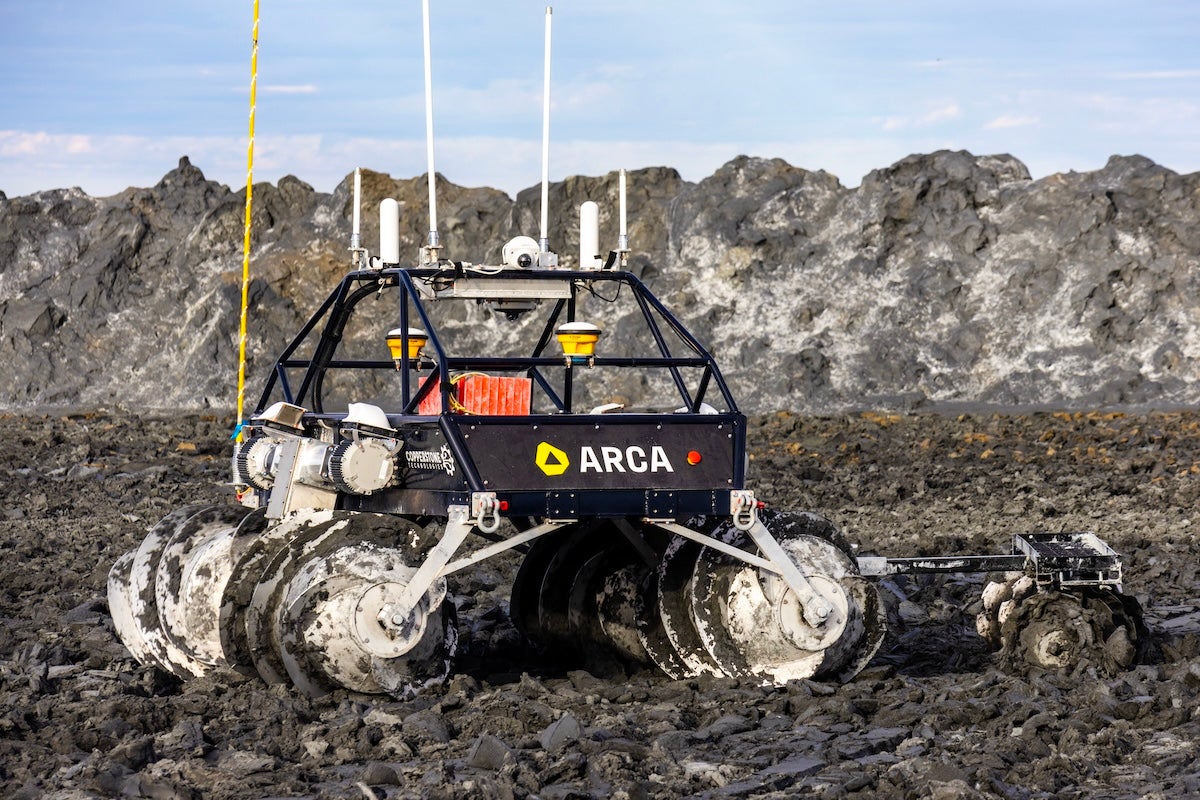
Arca's rover runs through mine waste to accelerate carbon mineralization.
- Oceans: Captura, based in the U.S., extracts CO₂ directly from seawater using renewable energy, leaving no harmful byproducts. Meanwhile, Kelp Blue cultivates giant kelp, which sequesters carbon while boosting marine biodiversity.
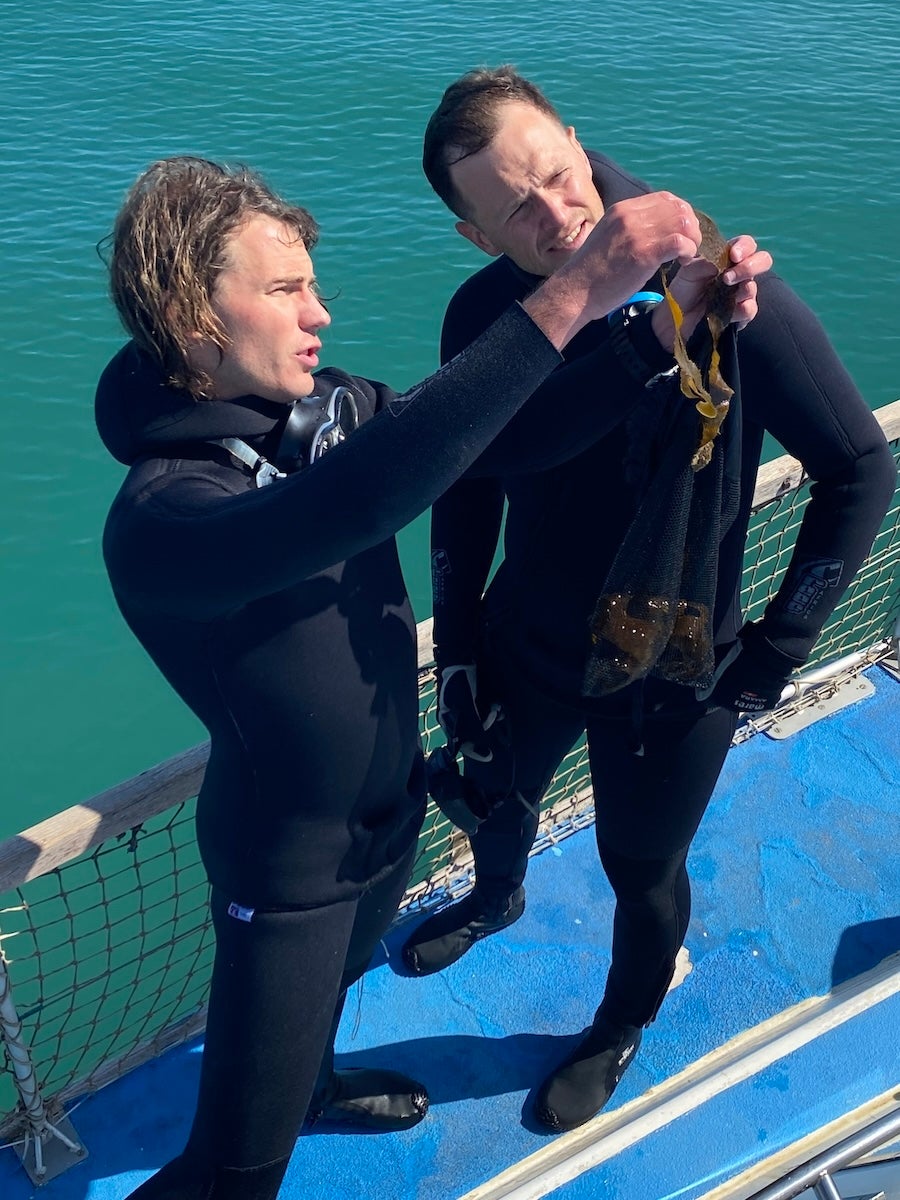
Kelp Blue analyzes giant kelp aboard a boat.
These diverse approaches highlight the importance of combining technology and nature-based solutions to achieve gigatonne-scale carbon dioxide removal. By integrating local contexts, involving communities, and leveraging innovation, the competition is demonstrating that there’s no one-size-fits-all solution to addressing climate change.
As the XPRIZE team discovered, this global effort is more than a competition—it’s a movement of creative, determined individuals and organizations working together to make carbon dioxide removal a reality.
THE FINAL TESTING PHASE AND TAKEAWAYS
With just four months left in the competition, the pressure is on as the judges face the monumental task of reviewing all the data collected by the XPRIZE Carbon Removal team and trusted verification partners. Choosing a winner won’t be easy—each team has showcased remarkable innovation and potential.
The stakes are high: one team will claim the $50 million grand prize, while $30 million will be shared among the runners-up. These final evaluations will not only determine the winners but also provide critical insights that will shape the future of carbon dioxide removal technologies.
The lessons learned from XPRIZE Carbon Removal are set to become a blueprint for scaling sustainable carbon dioxide removal solutions globally. Stay tuned as we reach the conclusion of this groundbreaking competition—and witness the lasting impact these innovations will have on rebalancing the carbon cycle.